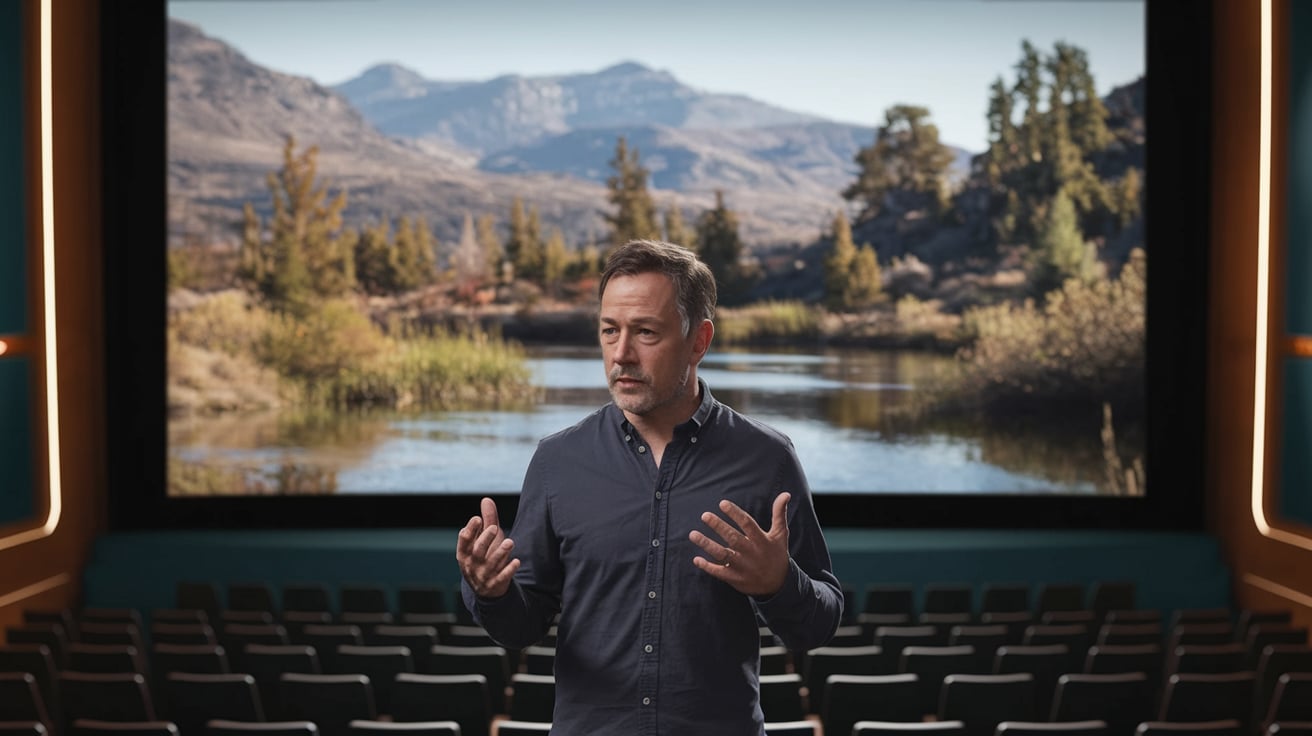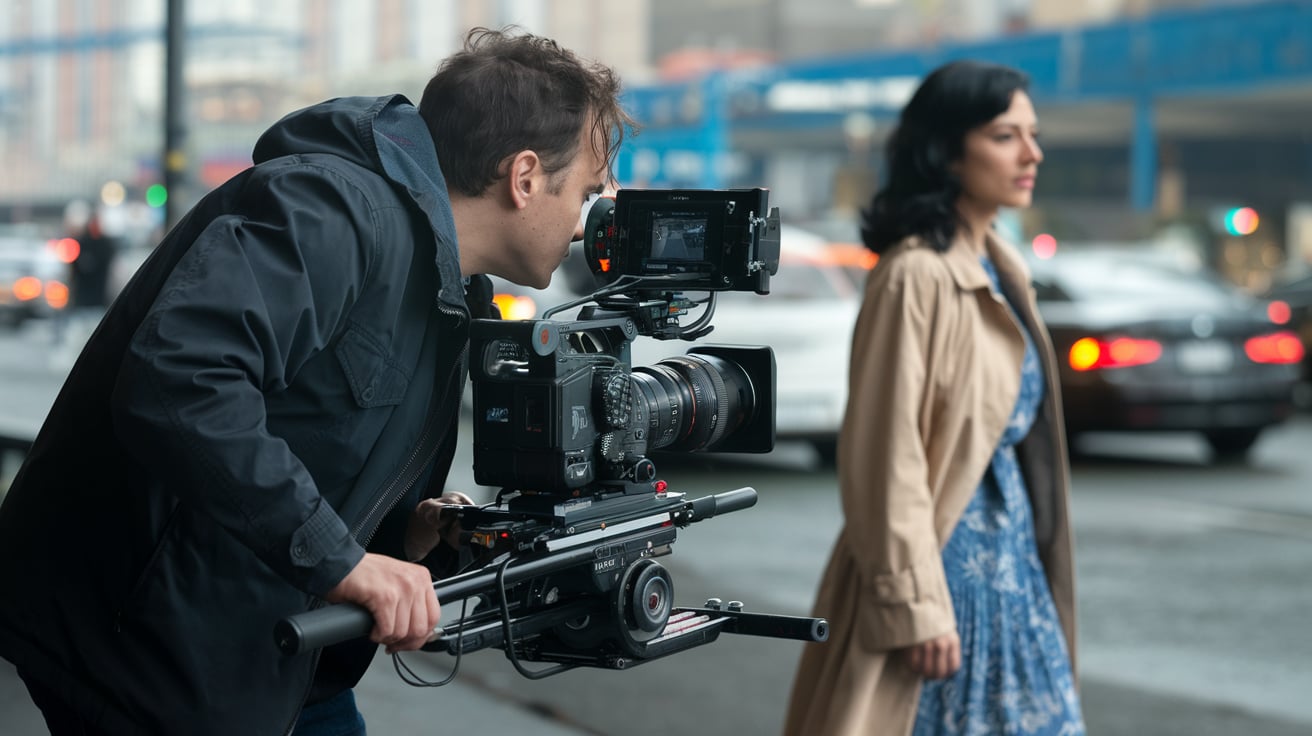Movie acting auditions are a critical part of the casting process and can vary in format and structure depending on the project’s size, budget, and specific needs. Here’s a detailed look at how movie acting auditions are typically conducted:
1. Pre-Audition Process
- Casting Call: Casting directors issue a casting call, which can be public or targeted to specific talent agencies. This call includes details about the project, the roles available, and any specific requirements for the audition (e.g., age, gender, look, skills).
- Submission of Headshots and Resumes: Actors submit their headshots, resumes, and demo reels (if available) to the casting directors for initial consideration.
2. Scheduling Auditions
- Selection of Candidates: Casting directors review submissions and select a shortlist of candidates for the audition.
- Invitations: Selected actors receive invitations to audition. These invitations include the date, time, and location of the audition, as well as sides (short scenes or excerpts from the script) that the actor will need to prepare.
3. The Audition
- Preparation: Actors prepare the provided sides, practicing their lines, and making choices about how to portray the character.
- Arrival: Actors arrive at the audition location, often a casting office or studio, and sign in.
- Cold Reading: In some cases, actors may be given new sides upon arrival and have a short amount of time to prepare, a process known as a cold reading.
4. The Audition Room
- Introduction: Actors introduce themselves and may provide a brief background or answer any preliminary questions from the casting team.
- Performance: Actors perform the prepared sides, usually reading opposite a casting assistant or another actor. They may be asked to perform the scene multiple times, with different directions or adjustments from the casting director.
- Recording: Auditions are often recorded for later review by the director, producers, and other decision-makers.
- Feedback and Adjustments: Casting directors may provide feedback or ask the actor to try the scene again with specific adjustments to gauge their range and ability to take direction.
5. Callbacks
- First Round Callbacks: Successful actors are invited back for a second round of auditions, known as callbacks. This round may involve performing additional scenes, improvisation, or working directly with the director.
- Chemistry Reads: Actors may participate in chemistry reads with other actors being considered for roles to assess how well they work together on screen.
6. Final Decisions
- Review: Casting directors, the director, and producers review audition tapes and notes.
- Negotiations: Once final decisions are made, the casting team contacts the chosen actors to discuss contract terms, availability, and any other logistical details.
- Offer: Formal offers are extended, and contracts are signed.
7. Post-Audition
- Notifications: Actors who were not selected are usually notified, although sometimes only those who made it to the final stages receive feedback.
Additional Considerations
- Self-Taped Auditions: Increasingly common, especially post-COVID-19, where actors film their auditions at home and submit them online.
- Workshops and Open Calls: Some productions may hold open casting calls or workshops, providing opportunities for a broader range of actors to audition.
Tips for Actors
- Preparation: Thoroughly prepare the sides, understanding the character and making strong choices.
- Professionalism: Arrive on time, be polite, and follow any instructions given.
- Adaptability: Be ready to take direction and make adjustments during the audition.
- Presentation: Present yourself confidently and authentically.
The audition process is designed to find the best fit for each role, ensuring that the actors chosen can bring the characters to life as envisioned by the filmmakers.
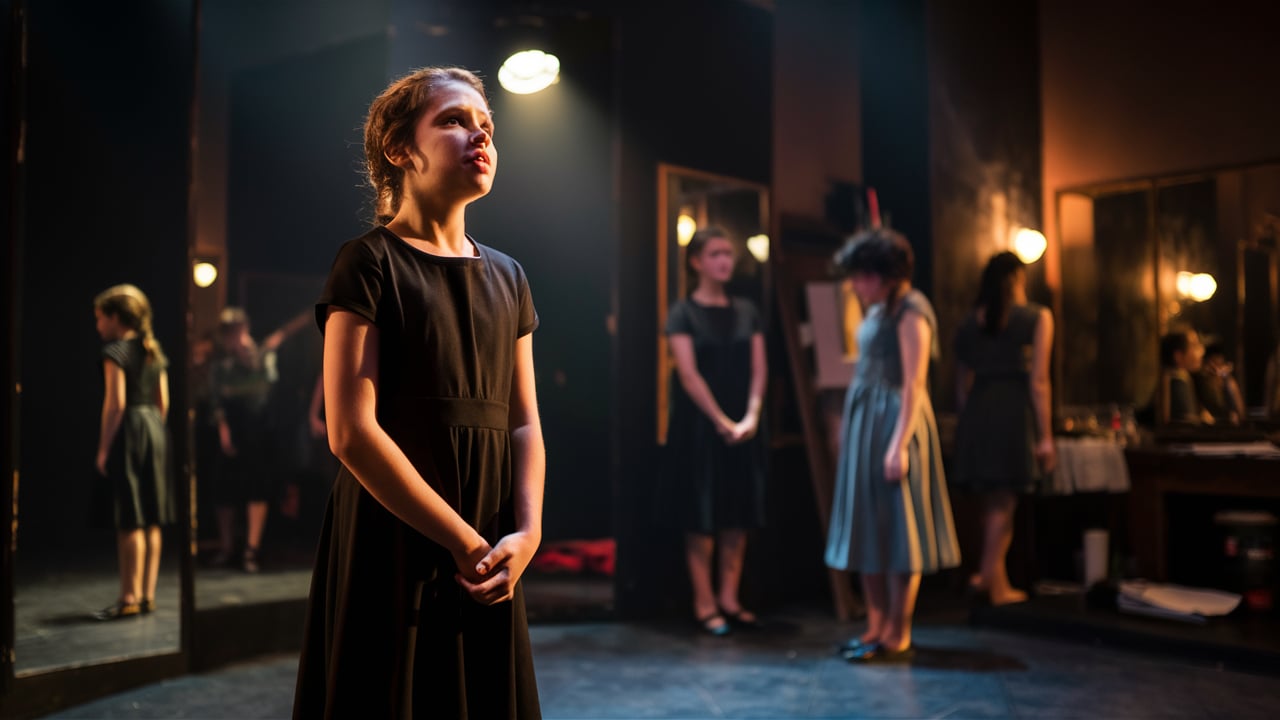
How can you use callbacks for your actor’s career ?
Callbacks are a crucial part of an actor’s career, offering opportunities to make a lasting impression, build relationships, and refine their craft. Here are several ways actors can use callbacks to advance their careers:
1. Show Professionalism and Preparedness
- Preparation: Arriving at callbacks even more prepared than the initial audition shows dedication. Understand the character deeply, know the sides inside out, and be ready for any adjustments or new material.
- Punctuality: Being on time or early demonstrates professionalism and reliability.
- Follow Directions: Be attentive and responsive to the casting director’s notes and directions during the callback. This shows adaptability and a willingness to collaborate.
2. Refine Your Craft
- Feedback Application: Use the feedback received during callbacks to improve your performance. Show that you can take direction well and make the necessary adjustments.
- Performance Enhancement: Treat each callback as a learning experience. Focus on refining your technique, emotional range, and character portrayal based on the feedback and new instructions.
3. Build Relationships and Network
- Positive Attitude: Maintain a positive and professional demeanor throughout the callback process. Building a good rapport with casting directors, producers, and other decision-makers can lead to future opportunities.
- Follow-Up: After the callback, consider sending a brief thank-you note or email to express gratitude for the opportunity. This can leave a positive lasting impression and keep you in the minds of the casting team for future roles.
4. Gain Exposure and Visibility
- Consistent Performance: Delivering strong performances consistently in callbacks can establish your reputation as a reliable and talented actor. This can lead to more invitations for auditions and callbacks in the future.
- Impressing Decision-Makers: Often, callbacks involve key decision-makers like directors and producers. Impressing them can open doors to larger and more significant roles.
5. Leverage Callback Experience
- Resume and Portfolio: Mention significant callbacks on your resume, especially if they were for high-profile projects or with well-known casting directors. This can enhance your credibility and attractiveness to future casting teams.
- Networking and Referrals: Use your callback experience as a talking point in networking situations. Sharing your experiences can lead to referrals and recommendations within the industry.
6. Boost Confidence and Motivation
- Validation: Being called back is a validation of your talent and potential. Use this as motivation to continue honing your skills and pursuing your acting career.
- Resilience: Even if you don’t get the role, use the callback experience to build resilience. Every callback is a step forward in your career, bringing you closer to landing future roles.
Practical Tips for Making the Most of Callbacks
- Research: If possible, research the project, director, and other key personnel involved. Understanding their previous work can give you insights into what they might be looking for.
- Stay Flexible: Be open to different interpretations of the character. Show your range by being willing to experiment with various approaches.
- Maintain Energy: Keep your energy levels high throughout the callback, even if it involves waiting. Stay focused and ready to perform at your best.
- Observe and Learn: Pay attention to how others approach their performances and interactions. This can provide valuable insights and help you improve your own approach.
Using callbacks effectively can significantly enhance your acting career by demonstrating your talent, professionalism, and commitment to the craft. Each callback is an opportunity to make a lasting impression and move closer to achieving your career goals.

Do’s And Don’ts Of Acting Auditions.
Auditions are a necessary evil in the entertainment industry. It’s the time when you have to put your best foot forward and make a good impression on those who hold the power to cast you in their show. Here are a few do’s and don’ts to help you make the most of your audition.
Preparation:
When preparing for an audition, there are certain do’s and don’ts that actors should follow in order to give themselves the best chance of being cast.
One of the most important things to remember is to arrive prepared. This means knowing your lines inside and out and coming up with a clear understanding of the character you’re playing. It’s also helpful to have a strong understanding of the show or movie you’re auditioning for.
Arriving on time is important.
As is knowing the audition guidelines. Some shows or movies might require you to read a script, and some may allow you to improvise.
In order to make the best impression possible for an audition, actors should also be well-rested.
Dressing for the part also plays into the audition process.
For some, it’s unimportant whether or not you wear a costume. The most important thing is to come ready to play your part. The part also needs to be within the character’s age range. Some actors have been known to lie about their age in order to get roles. NB: Dressing for the part also means dressing for success.
What are some common audition techniques?
Common audition techniques include performing monologues, cold readings, callbacks, improv, and presenting your reel or portfolio. You may be asked to slate by stating your name and details about your audition piece. Make bold acting choices when performing monologues, but don’t go overboard. Keep cold readings fresh by listening closely to your reader.
In callbacks, be open to direction and adjust your performance accordingly. Say “yes, and…” when improvising to build on your partner’s ideas. Present your best clips when sharing a reel, and highlight range. Adapt to whatever is asked of you.
How do you choose the right monologue for an audition?
Pick a monologue that shows off your ability to interpret complex emotions and relationships. Avoid overdone pieces. Consider the character’s age, tone, and background and whether it aligns with your type. Choose pieces with character development and an arc.
Pick monologues from well-written, contemporary plays when possible. For musical theatre, select songs that suit your vocal range and show off your personality. Use contrasting uptempo and ballad songs. Make sure your monologue fits the allotted time.
What are some tips for performing a monologue?
Memorize your monologue perfectly and rehearse it extensively before the audition. Make strong character choices and commit fully to them. Pick a focal point and play actions, not just emotion. Don’t rush – use pauses effectively.
Allow the language and circumstances to guide your performance. Use appropriate, natural gestures. Avoid wild blocking; simply turn or take a few steps when needed. React as if the other character is right there listening. End with a bang. Then slate quickly and efficiently.
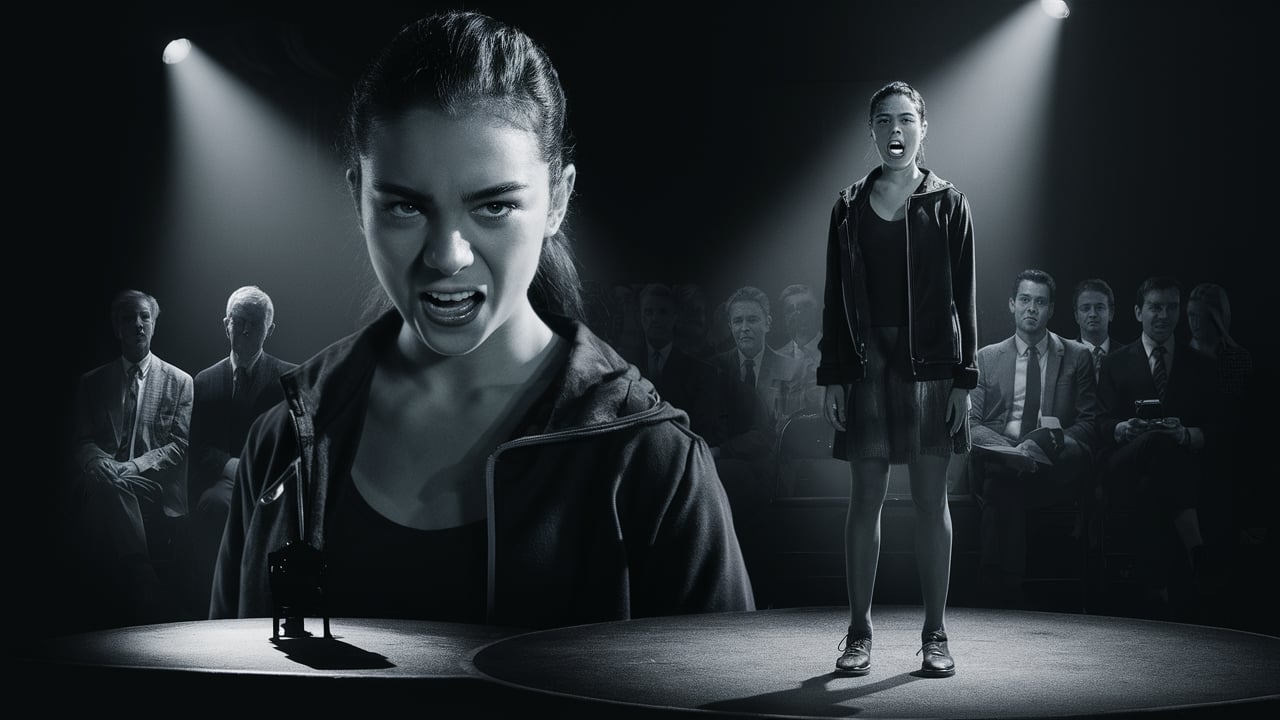
How do you choose the right song for a musical audition?
Select an age-appropriate song in your natural vocal range that shows off your tone and abilities. Pick material that reveals your personality and acting strengths. Songs from newer musicals are ideal. Avoid overdone songs unless you can offer a unique interpretation.
For uptempos, choose exciting songs that let you sell the lyrics. For ballads, pick songs with lyric and melody interplay. Use contrasting verse/chorus structure and cadences. Songs under 32 bars work best.
What should you wear to an acting audition?
Dress professionally in neutral, solid colored clothing that fits well and is appropriate for the role. Avoid loud prints, logos, distressed clothing, revealing outfits, lots of jewelry and anything that distracts. Stick to classic styles that are clean, tailored and polished.
Dress for the character’s age and background. Add small accessories or wardrobe pieces to suggest the role. Have neat, tidy grooming and natural stage makeup. Wear comfortable shoes and clothes that allow you to move freely.
How do you make a good first impression at an audition?
Project confidence through your body language, demeanor and voice. Make eye contact and smile warmly at introductions. Greet everyone politely with a firm handshake if appropriate. Listen attentively and limit small talk. Appear focused, motivated, and appreciative.
Avoid complaining or criticizing. Bring extra headshots and resumes. Wait until you’re inside to apply last-minute touch-ups. Tuning or excessive vocal warm-ups can seem unprofessional. Be punctual and patient during the wait. Stay poised and unruffled throughout.
How do you deal with nerves during an audition?
Nerves are normal, but don’t let them sabotage your audition. Arrive early to get comfortable in the space. Breathe deeply and slowly to stay relaxed. Listen actively and make eye contact with the reader/auditors to connect. Channel nervous energy into your performance.
If you make a minor mistake, simply keep going. Remind yourself that auditors want you to succeed. Stay focused on the character’s thoughts and feelings, not your own anxiety. Keep perspective – this is one audition, not your entire career. Allow yourself to shake off any tension afterward.
What are some tips for staying focused during an audition?
Minimize distractions by turning off your phone, concentrating on the audition at hand, and blocking out the environment. Listen intently to readers and directions without overanalyzing. Keep thoughts focused on the character’s motivations and obstacles to stay grounded in the scene work. Avoid people-pleasing; stay true to your prepared choices.
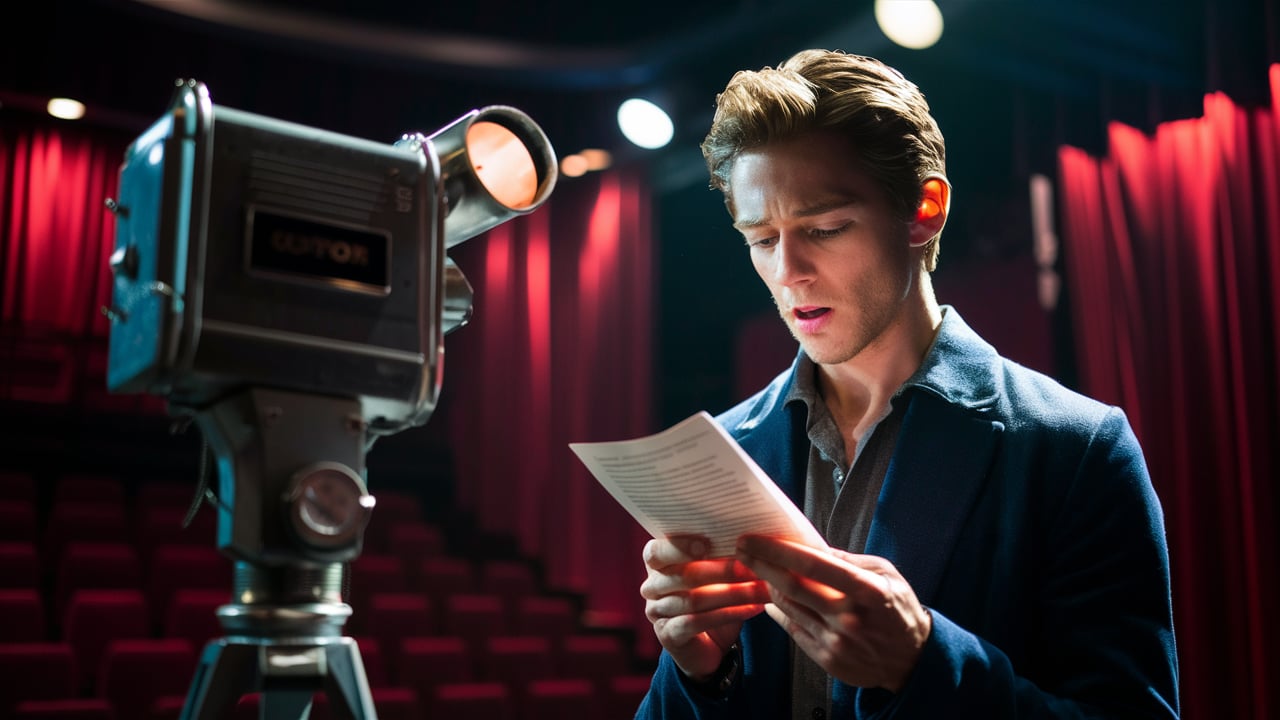
If you feel performance anxiety rising, redirect your concentration to your scene partner or a focal point in the room. Channel nervous energy into the intensity of the performance. Remember to breathe. Stay ready to make adjustments based on auditors’ feedback.
How do you handle feedback from casting directors?
Listen carefully and neutrally to all feedback without interrupting or arguing. Maintain positive, open body language. Don’t take criticisms personally or let them rattle your confidence. Avoid excessive explanation about your choices. Simply acknowledge the feedback professionally.
Then use it to adjust your performance accordingly, even if doing so contradicts your prepared work. This shows flexibility. Don’t point fingers or blame scene partners. If the feedback is unclear, politely request clarification. Thank the auditors for their direction. File away notes for future auditions.
What are some common audition questions?
Common questions include “Why are you right for this role?”, “What draws you to this project?”, “How did you hear about the audition?”, “Have you worked with anyone involved in this production before?”, “Tell us about your training and experience”,
“Do you have scheduling conflicts with the proposed production dates?”, “Would you be open to a callback?”, “Do you have any questions for us?” Prepare clear, concise answers focused on your skills and enthusiasm. Highlight relevant experiences tailoring responses to the specific project.
How do you answer questions about your acting background and experience?
If asked about your experience, highlight training programs, teachers, coaches, and past roles that make you well prepared for this part. Mention similarities between past characters and the current role. Briefly summarize overall credits, focusing on most acclaimed and relevant work.
Share fun anecdotes that resonate with the role or production. If your experience is light, emphasize eagerness to learn and that you will come prepared and professional. Share varied day jobs, life experience, and academic training that equip you with skills to excel as an actor.
What are some questions you should ask at an audition?
Smart questions include “Could you describe your vision for this character?”, “What qualities are you looking for in the ideal actor?”, “What is your rehearsal and performance schedule?”, “When are callbacks or further decisions expected?”, and “May I email any follow up questions?”
Avoid asking about pay, perks, production drama, or gossip. Don’t ask personal questions. Save very specific character questions for callbacks so you don’t seem presumptuous. Express enthusiasm for the project. Ask questions that complement the conversation.
How do you network with other actors at an audition?
Be friendly with actors in the waiting area while staying focused. Compliment others’ work sincerely if you become familiar with it. Introduce yourself and make small talk, but don’t be distracting. Offer snacks or supplies like safety pins for quick repairs.
Exchange details and offer to read together in the future. Follow up with peers after with a warm note or social media connection. Share audition opportunities and encouragement. Build community by avoiding competitiveness and drama. Follow up with collaborators about projects you genuinely admire or may be right for.
How do you follow up after an audition?
Follow up within a day or two with a polite, professional email thanking the creative team and auditors. Express your continued enthusiasm and appreciation for being considered. Mention something specific you enjoyed about the experience.
Include an updated headshot and resume as attachments. Avoid asking directly about the status of your audition; let them respond organically if an offer or request for a callback is forthcoming. Follow producers/creatives individually on social media. Then be patient for next steps.
What are some tips for self-taping an audition?
Use a simple, non-distracting background. Position the camera at eye level. Use sufficient lighting to see your face clearly. Slate by stating your name and the role. Perform multiple takes to get optimal results. Keep takes under time limits; edit intelligently.
Avoid stopping and starting mid take. Watch playback to check angles, framing, focus and performance. Submit clips neatly formatted and labeled online. Follow any additional casting specifications precisely.
How do you create a self-tape audition?
Choose a quiet space with soft, flattering lighting. Frame yourself from the mid chest up. Place the camera on a tripod at eye level. Ensure adequate storage space and battery charge. Use external mics for improved sound if possible. Rehearse your slate and material extensively before recording.

Perform multiple takes with energy and consistency. Leave initial and final pauses. Watch playback critically to choose best takes to submit. Edit clips smoothly together while removing unwanted footage. Export with high resolution and submitted as requested.
What equipment do you need for a self-tape audition?
The basic equipment needed includes a camera, tripod or stand, external microphone, sufficient storage and good lighting. Use the best camera available – many smartphones can record HD video. Sturdy tripods keep footage steady.
Laptops or tablets work in a pinch. Position mics just off frame to capture clear audio. Make sure there is adequate space on SD cards or internal storage to record multiple takes without interruption. Portable lighting kits help adjust brightness and contrast.
How do you edit a self-tape audition?
Import footage onto video editing software like iMovie, Premiere or Final Cut. Watch all takes end-to-end looking for best performances. Assemble the strongest moments from multiple takes into a seamless cut. Allow natural pauses before and after the performance.
Trim poor slates, false starts or filler phrases like “um” or “uh”. Adjust lighting levels if needed. Add credits/slates digitally if preferred. Export as high definition MP4 or MOV files. Follow precise file naming conventions requested by casting.
What are some common mistakes to avoid when self-taping an audition?
Avoid recording in distracting environments with background noise and irregular lighting. Don’t rely on shaky camerawork or extreme closeups. Don’t wear bold patterns or noisy jewelry that steals focus.
Stay away from heavy backlighting or shadows across your face. Steer clear of leaning, slouching or shifting constantly. Don’t cut off your head or leave excessive space over it. Refrain from stopping mid take. Don’t submit raw footage with poor takes included. Avoid effects filters or graphics which manipulate footage.
How do you submit a self-tape audition?
Carefully review submission guidelines and technical requirements provided by casting. Choose take options that convey your best performance. Name files accurately following any requested conventions. Highlight best take in file name if submission allows for multiples.
Include any required slates, banners, or identifying graphics digitally within your edited cut if needed. Email audition with any requested info like character name in subject line. Provide high quality headshot and resume as attachments. Follow up politely if you receive no reply after a week or two.
What are some tips for auditioning for a specific role?
Thoroughly analyze the character breakdown and script. Note any accents, physical traits, or abilities needed. Research the time period, character background, and real-life inspirations. If replacing a known actor, avoid imitation.
Envision your fresh interpretation. Pick audition materials that capture the character’s essence or pivotal scenes. Incorporate subtle mannerisms and vocal patterns. Dress the part as much as able. Speak with confidence on your approach to this complex role.
How do you research a character for an audition?
Carefully examine the script looking for character clues. Create a biography fleshing out backstory hints. Research the time period and settings. Study the costume, prop, set descriptions. Decide on the character’s ambitions, obstacles and relationships with other characters.
Look for monologues or scenes where your character is most vulnerable or likeable if possible. Research the genre and plot structure. Decide on the character’s personality quirks, posture and gait. Know their profession and status inside their world.
How do you prepare for a callback audition?
Re-read the full script and my original audition notes to re-familiarize myself with the story, world, and character’s full arc. Research the project collaborators’ previous work. Prepare any new sides or material from the callback notice.
The study adjusted character notes and make tweaks if needed. Run lines regularly with a reader, focusing on beats and intentions. Anticipate potential script cuts or improvisations. Prepare any alternate songs, monologues, or looks requested. Get plenty of rest. Visualize success. Remember callbacks mean they like you; relax and do your best work.
What are some tips for performing a cold read at an audition?
Keep your physicality open to the reader; don’t hunch over the pages. Scan quickly for major clues about your character and scene context. Note cues and respond naturally without rushed line readings. Use the dialogue to understand character motivations and relationships.

Listen and react, making bold choices to stand out. Don’t stop to correct mistakes; stay in the moment. Imitate accents and mannerisms if applicable. Avoid asking clarifying questions. Stay focused without overthinking the high pressure situation.
How do you prepare for an audition with a scene partner?
Schedule ample rehearsal time to get comfortable with your partner. Discuss characters’ backgrounds and relationship dynamics. Work through scenes methodically identifying motivations and objectives. Experiment with blocking that feels natural. Provide honest critiques to sharpen the interplay.
Time your scenes and tighten pacing. Consider alternate interpretations. Account for nerves by amping energy 10% at auditions. Support each other, and connect genuinely in the moment. Your onscreen chemistry will shine through.
What are some tips for improvising at an audition?
Listen closely to your scene partner without overthinking. Accept the circumstances presented and say “Yes, and…” to build the scene. Make bold character choices distinct from yourself. Start with strong givens like who, what, where details.
Commit fully and heighten the stakes. Don’t worry about being funny or clever, simply focus on the interplay. Bring your partner into the scene frequently. Make eye contact and respond energetically. Avoid questions which can stall scenes; provide statements. Support each other and have fun playing make-believe.
How do you prepare for a musical audition?
Choose an age and character-appropriate song in your natural vocal range that shows off strengths. Rehearse until completely memorized and fluid vocally. Work meticulously on phrasing, diction and pitch. Project full-voiced confidence, not tentative murmuring. Enliven your body language and facial expressions.
Time selections to properly showcase verses and choruses. For uptempo numbers, imbue with energy and commitment. For ballads, emphasize nuanced lyric interpretation. Warm up sufficiently. Consider hiring a musical director to assist with preparation.
What are some tips for performing a dance audition?
Research the choreographer’s style and genre. Analyze the dance breaks in the musical’s score for tempo and complexity. Take refresher classes in necessary techniques like ballet, tap, jazz to sharpen skills. Mark and rehearse combinations at performance speed.
Record run throughs to critique form, energy, and showmanship. Center your focus and avoid looking at your feet. Smile brightly. Point toes fully and extend limbs with power. Breathe into movements to avoid tension. Shake off nerves and give a 110% effort. The panel wants to see joy and ability.
How do you prepare for a voiceover audition?
Study the provided script closely considering intended audience, tone and context. Research the project, creators and network/studio providing insight into possible vocal performance styles. Note pronunciation challenges and practice smoothly.
Time reads aloud to fit time limits naturally. Record practice takes and adjust pace, diction, tone and inflections as needed. Fine tune character interpretations from subtle to broad. Prepare alternate takes and be open to direction during the audition process. Hydrate, do vocal warmups and avoid throat-clearing/swallowing sounds.
What are some tips for performing a commercial audition?
Research current brands, trends and styles to create tone-appropriate auditions. Note if the ad aims for realistic or comedic effect. Time copy accurately and rehearse. Nail the brand name pronunciation and highlight it clearly. Choose a focal point and connect with it, not the camera. In comedic ads, hit punchlines cleanly without overacting.
In conclusion:
By getting to this point of the article we believe you are ready to take on your next auditions with confidence. Well, this is how it happens in acting auditions a step-by-step guide. Read this to find out how to become an actor at 14. and how to start filmmaking the complete guide.

I am a highly experienced film and media person who has a great deal to offer to like-minded individuals. Currently working on several exciting projects, I am a film and media practitioner for over a decade. I have achieved a great deal of success in my professional career.




